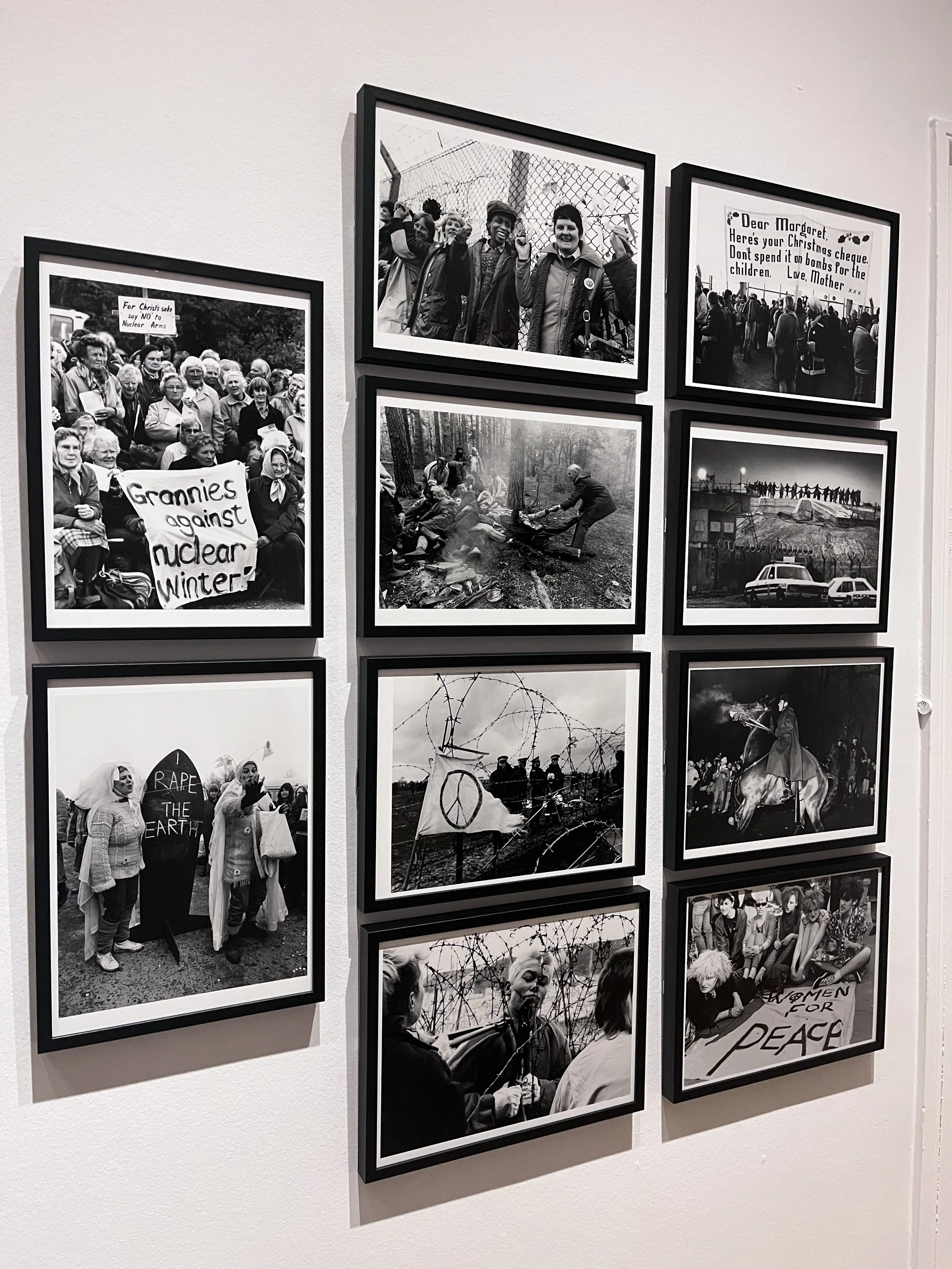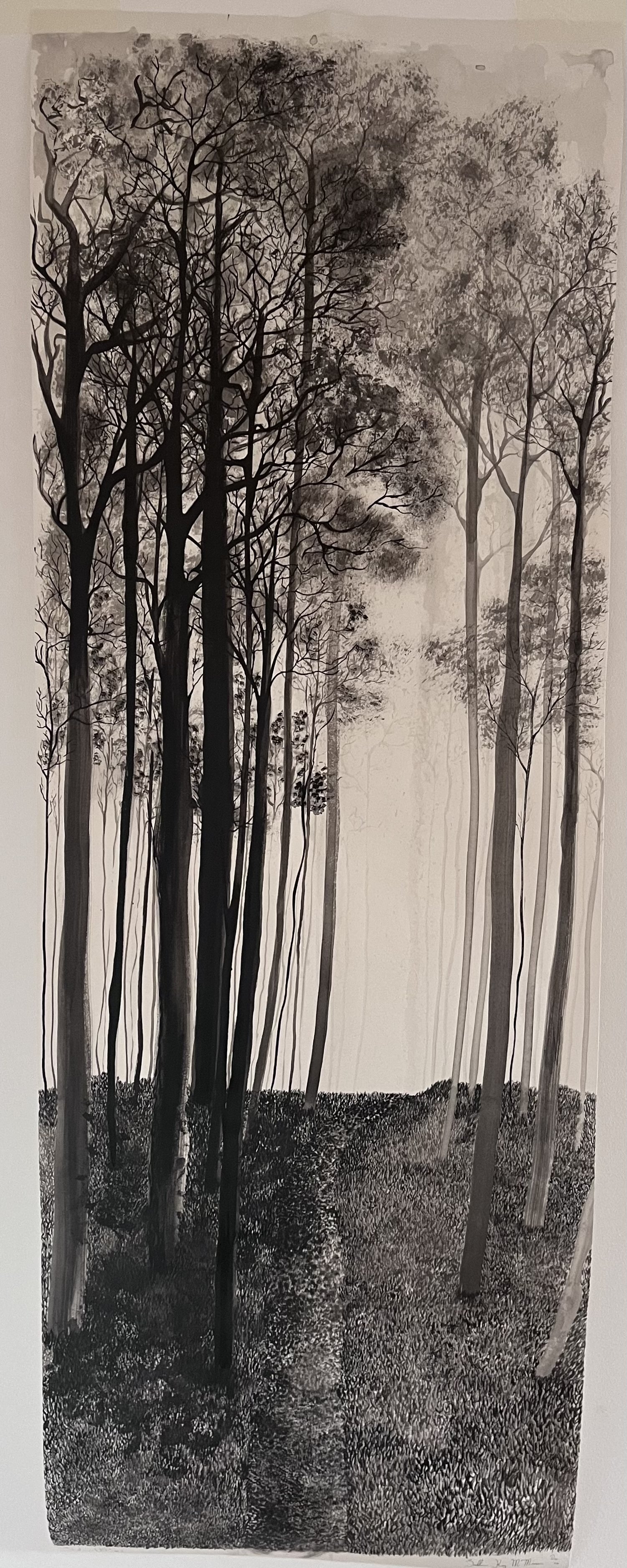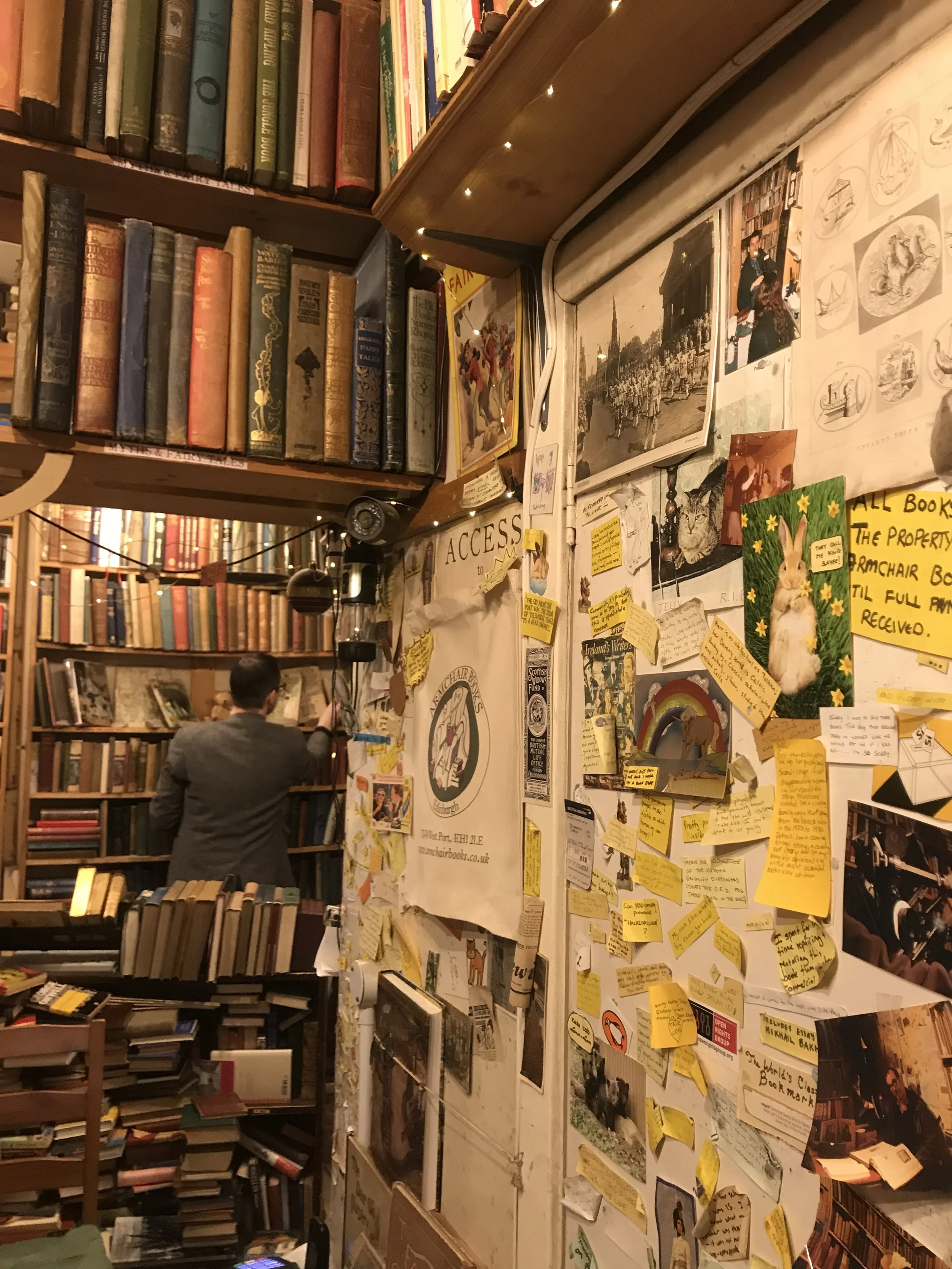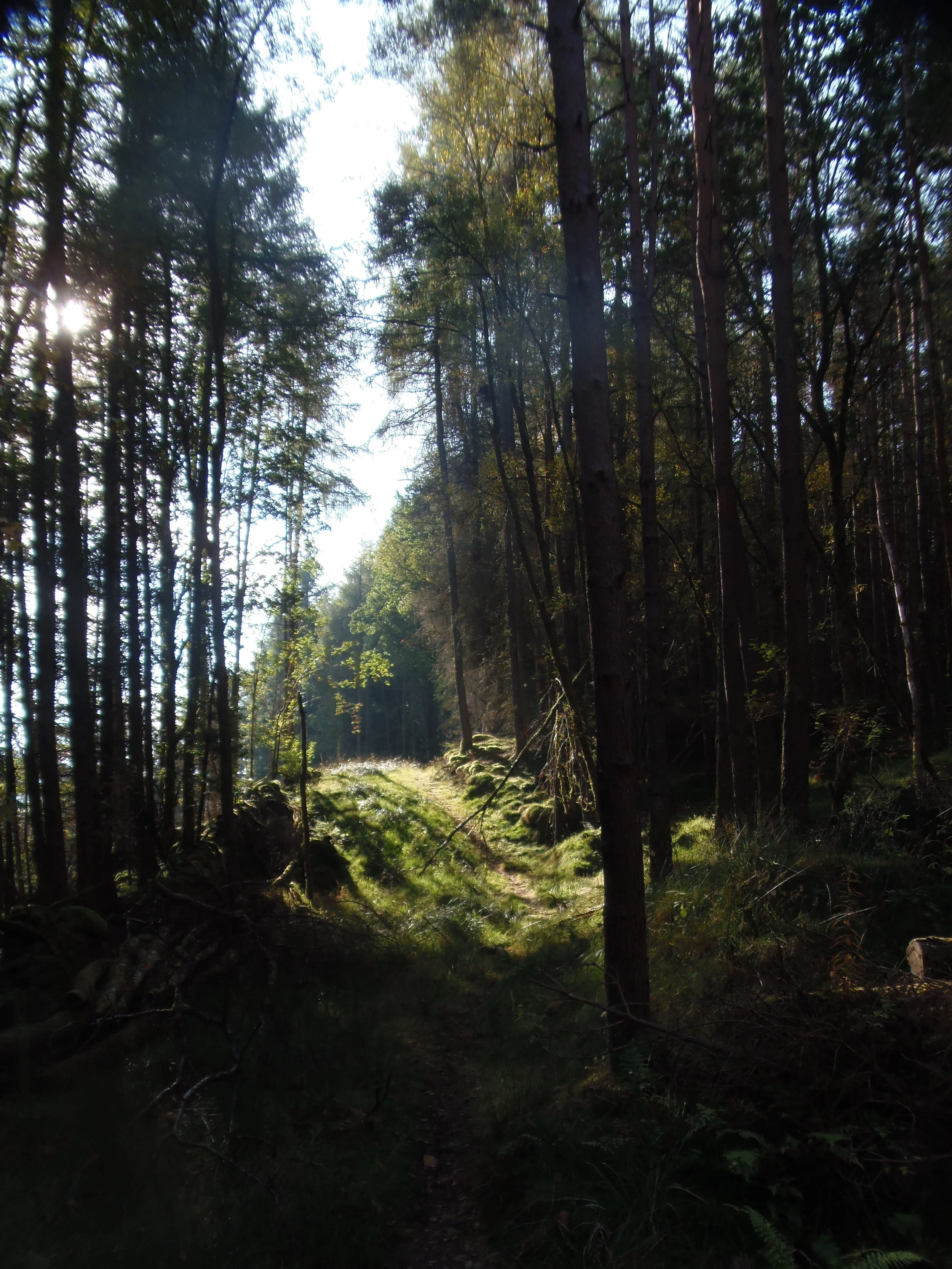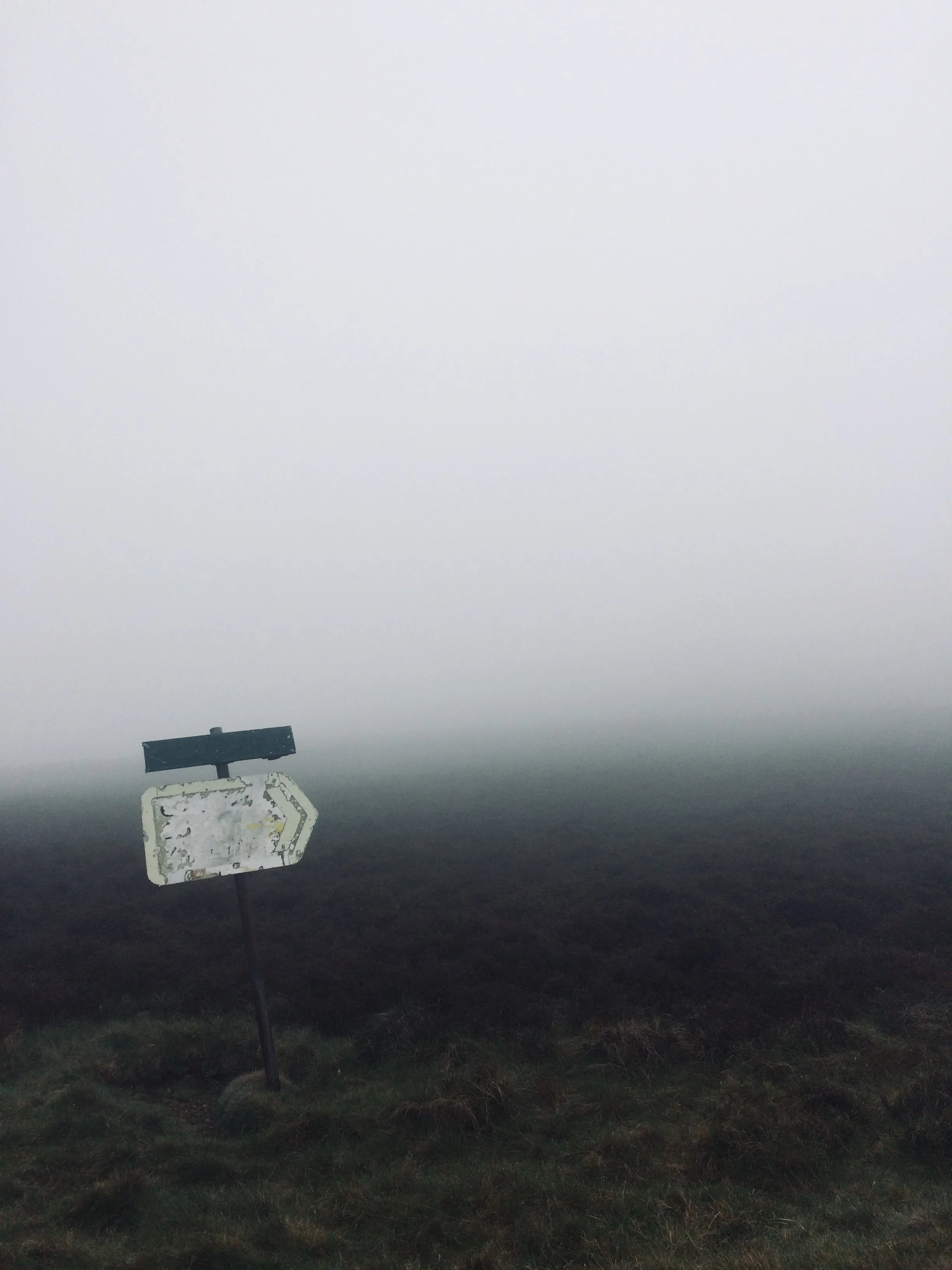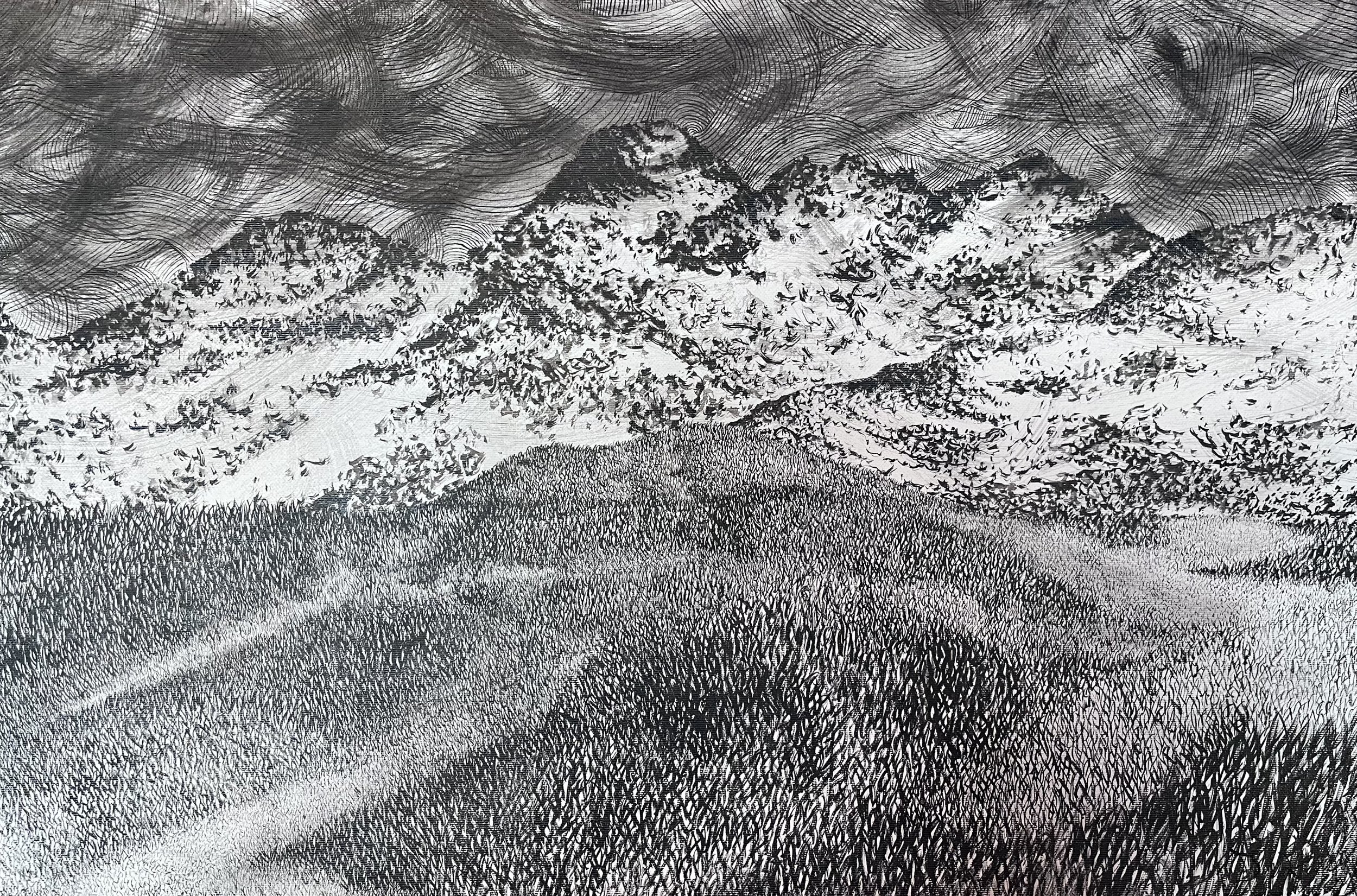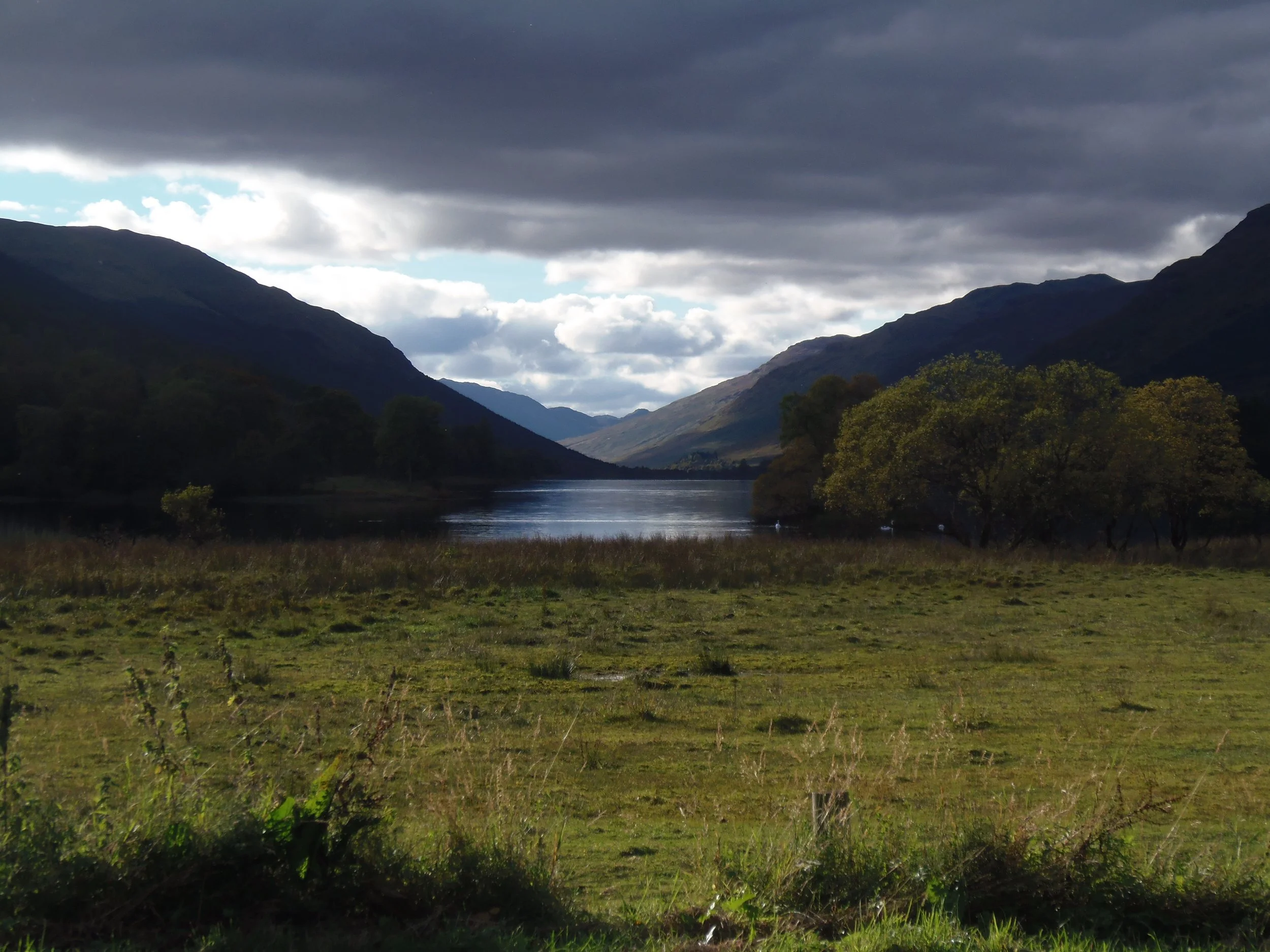Narratives in Art.
Welcome to "Narratives in Art," a space where I explore the stories behind my creative practice. As I navigate my journey through a master's in fine art at Central Saint Martins, this blog serves as both a reflective journal and a platform to share the evolving processes, inspirations, and challenges that shape my work. Join me in uncovering the layers of meaning and experimentation that define my art, and discover the narratives that unfold along the way.
Dürer to Van Dyck: Drawings From Chatsworth House.
Discover a rare glimpse into art history through my visit to Dürer to Van Dyck: Drawings From Chatsworth House exhibition at the Royal Scottish Academy, housed within the National Galleries of Scotland in Edinburgh. Featuring pieces by Dürer, Van Dyck, Rubens, and Rembrandt, this captivating display not only unveiled historical techniques but also inspired me to explore new creative approaches in my own work.
Reflections On My Second 1-2-1.
These 1-2-1 tutorials always feel like a valuable pause - moments to recalibrate and refocus my direction of study. This second session reaffirmed that I’m on the right track, while also opening up new avenues for experimentation. We explored the role of negative space in my work, the idea of balance in Chinese Brush Painting, and how translation - of memory, place, and emotional resonance - continues to shape my practice. I left the tutorial with a renewed sense of confidence and excitement, eager to push my work further, both in scale and concept.
Unit 1 Assessment.
This post reflects on my research and artistic development throughout Unit 1, exploring themes of memory, belonging, and isolation in landscape-based work. From place attachment theory to material experimentation, I examine how theory and practice inform each other, shaping my approach to ink, scale, and composition. Through critiques, exhibitions, and research into Chinese brush painting, I’ve refined my methods and deepened my understanding of how places hold meaning. Moving forward, I aim to push the balance between clarity and ambiguity, allowing for greater interpretation and connection in my work.
“Understory”.
Repurposing discarded office frames as canvases led to Understory, a piece exploring memory, balance, and belonging. Using my new Chinese painting set, I experimented with ink grinding, layering, and the interaction between paint and space. Inspired by the forests of Loch Tay and the concept of the understory, this work reflects on the haziness of memory and the unseen layers that shape our connection to place.
MA Fine Art: Digital - Study Statement.
In my study statement, I outline my exploration of themes such as memory, belonging, and isolation through ink painting. Using techniques like layering and shadow effects, I aim to evoke emotional connections to landscapes and the collective consciousness tied to places. This study will incorporate the concepts of cianalas, place attachment theory, and collective memory, creating a body of work that invites viewers to reflect on the nature of both personal and collective experiences.
“Women in Revolt! Art And Activism In The UK 1970 - 1990” - Exhibition.
Visiting the Women in Revolt! exhibition in Edinburgh left me reflecting on the role of art in activism. This powerful collection of works from the 1970s to 1990s highlights how artists used their personal experiences to address social and political change in the UK.
“The Art Of Chinese Brush Painting” - Maggie Cross.
In this article, I reflect on how Maggie Cross' The Art of Chinese Brush Painting has inspired new directions in my artistic journey. From experimenting with unconventional ink techniques to rediscovering the connection between calligraphy and brush painting, I explore how these traditional methods are shaping my approach to creating art.
Scaling up #1 & Threads Exhibition.
Scaling Up #1 is my first attempt at translating my detailed style into a larger composition. This experimental sketch taught me to embrace imperfections, overcome creative hurdles, and find unexpected freedom in the challenges of working on a new scale.
Fragile Beauty Exhibition.
I recently visited Fragile Beauty at the V&A, an exhibition curated from Elton John and David Furnish’s photography collection. The deeply moving images explored themes of fame, resilience, and vulnerability, leaving me inspired and emotionally stirred.
Piranesi: Text As Inspiration.
Reflecting on Piranesi by Susanna Clarke has transformed my approach to art. The book’s labyrinthine House, steeped in mystery and memory, pushed me to experiment with larger canvases, layered washes, and shadow effects, evoking a sense of vastness and belonging in my work.
Imagination / Resentment.
In this blog post, I reflect on the relationship between resentment and imagination, a topic we explored in a recent group session. Resentment, while technically involving a form of imagination, can block our creative processes by leaving no room for growth or positive creation. Through a free writing exercise on what blocks my imagination, I uncovered insights that continue to shape my artistic practice.
Stipple Brush.
Inspired by feedback from a group critique, I’ve introduced stippling brushes into my process, creating soft, shadowy textures that enhance the dreamlike quality of the piece. The unexpected comparison of my work to a cathedral has deepened my perspective on the painting, as I continue refining this exciting exploration of scale, texture, and memory.
Mount Murals.
The study Exploring Embodied Place Attachment Through Co-Creative Art Trajectories offers valuable insights into how art can evoke a sense of place and belonging. Applying these findings to my practice, I explore how individual art can mirror the emotional connections seen in group projects, using sensory detail and symbolism to evoke memory and attachment.
First Group Critique.
Participating in my first group critique session was both nerve-wracking and exhilarating as I shared my large-scale experimental piece for the first time. The feedback I received, from technical tips like using a stipple brush to deeper inspirations such as exploring Sohrab Sepehri’s work and Chinese Freehand brush techniques, left me with an unexpected burst of motivation. This experience marked a pivotal moment, moving me from guarded creation to confident exploration, and showed me that sharing my art amplifies its meaning rather than diminishes it.
Scaling Up.
Experimenting with larger-scale artwork has been a new frontier for me. Inspired by towering forests and themes of memory, I’m navigating the challenge of balancing control with the raw, immersive impact of a larger canvas. This post explores the unexpected connections between scale, cianalas, and the sense of collective memory that arises in my work.
Experimenting With Colour & Form.
In my recent sketches, I’ve begun exploring layered colour washes over my usual black ink - a new approach that brings depth and emotion to familiar landscapes. Working with hints of purple, blue, and pink, I’m experimenting with how colour and proportion can transform the mood of each piece, drawing out themes of cianalas and enhancing my connection to the natural world.
Exploring Cianalas.
In my recent exploration of place attachment, a conversation with a friend introduced me to the Welsh word "hiraeth," which expresses a deep longing for home. This led me to discover its Scottish counterpart, "Cianalas," particularly poignant among the Islanders of the Outer Hebrides. This term encapsulates the emotional connections we form with places, shaped by personal histories and collective memories. As I delve into Cianalas, I aim to weave together the themes of place attachment and memory in my artwork, employing techniques such as layering and shadow to evoke the nuanced emotions tied to these significant locations. My practice will reflect how memories, much like shadows, can shift and change over time, creating a tapestry of experiences that shape our identities and sense of belonging.
Reflections On My First One-to-One.
Letting go of the idea that everything needs to be perfectly polished has been surprisingly liberating. Whether it’s in my art practice, where I’m starting to experiment with more freedom, or in submitting entries to this blog, I’m learning to embrace the raw, unrefined stages of creativity. I realised even my class notes - those initial sparks of thought - have value as they are, offering a true glimpse into the journey behind each piece. By sharing these unpolished moments, I hope to reflect the real process behind my work, revealing where ideas take root and evolve.
Embracing Failure.
In revisiting a painting I had abandoned over a year ago, I found freedom in the absence of expectation. Through experimentation with ink washes and looser brushstrokes, I discovered new techniques that brought life and energy to "Duibhe," a piece inspired by the dramatic skies of the Scottish Highlands
Exploring Place Attachment & Isolation.
As I continue to evolve in my artistic journey, I’ve started to notice patterns in the places I choose to paint. They are rarely random, often evoking a deep emotional connection for me — whether tied to a personal memory or simply a sense of belonging that I can’t quite put into words. This realisation has led me to start exploring different theories, like place attachment and genius loci, as tools to better understand my work and, potentially, to guide where I go next.


